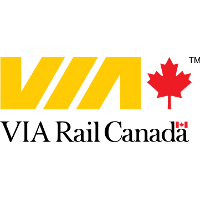It's a bit frustrating that the moderators just deleted my entire message as "ad hominem" rather than giving me the chance to remove some of the admittedly unnecessary saltiness, but let me give it a more constructive try:
Just because you struggle to imagine any of the operational and commercial constraints which having rotating seats imposes on a railway service, doesn't mean that they don't exist and as the most visible European in this thread, I might take your remarks about "not wanting to admit" slightly more personal than they were intended.
I get it that you prefer to sit forward-facing and without staring at strangers and even though this preference is probably shared by a majority of travellers in any part of the world, there are many which prefer the inverse: be it to face their family members or friends with which they travel or just to watch how the scenery disappears into the horizon.
I have had the pleasure to travel extensively in Japan during a three-week vacations and even though I have no problem admitting that Japan's (and presumably also South Korean, Taiwanese and many Chinese) trains are much faster (but only where it pertains the Shinkansen!), cleaner, more frequent and of course reliable than in Europe, I was severely disappointed by their "one-seat-fits all" approach (without tables at quads) and the near-complete lack of any food or beverage options while on board. Like almost everyone, I fell in love with the Ekiben (bento boxes ubiquitous at all major stations), but many journeys were too long to realistically stock up hours ahead of actual meal times.
In short, just like I keep reminding people here that our trains really don't compare nearly as pathetically with European trains as many of us like to believe, I don't believe that Japanese railways do everything better than European ones. In terms of revenue management (using fares to divert demand towards less popular trains), Japanese trail Canadians one by more than a half-century (blue-white-red fares, anyone?)...
I hope that this response was more constructive than my previous one and I would like to apologize for some of the latter's unnecessary harshness...
Have a great weekend!





